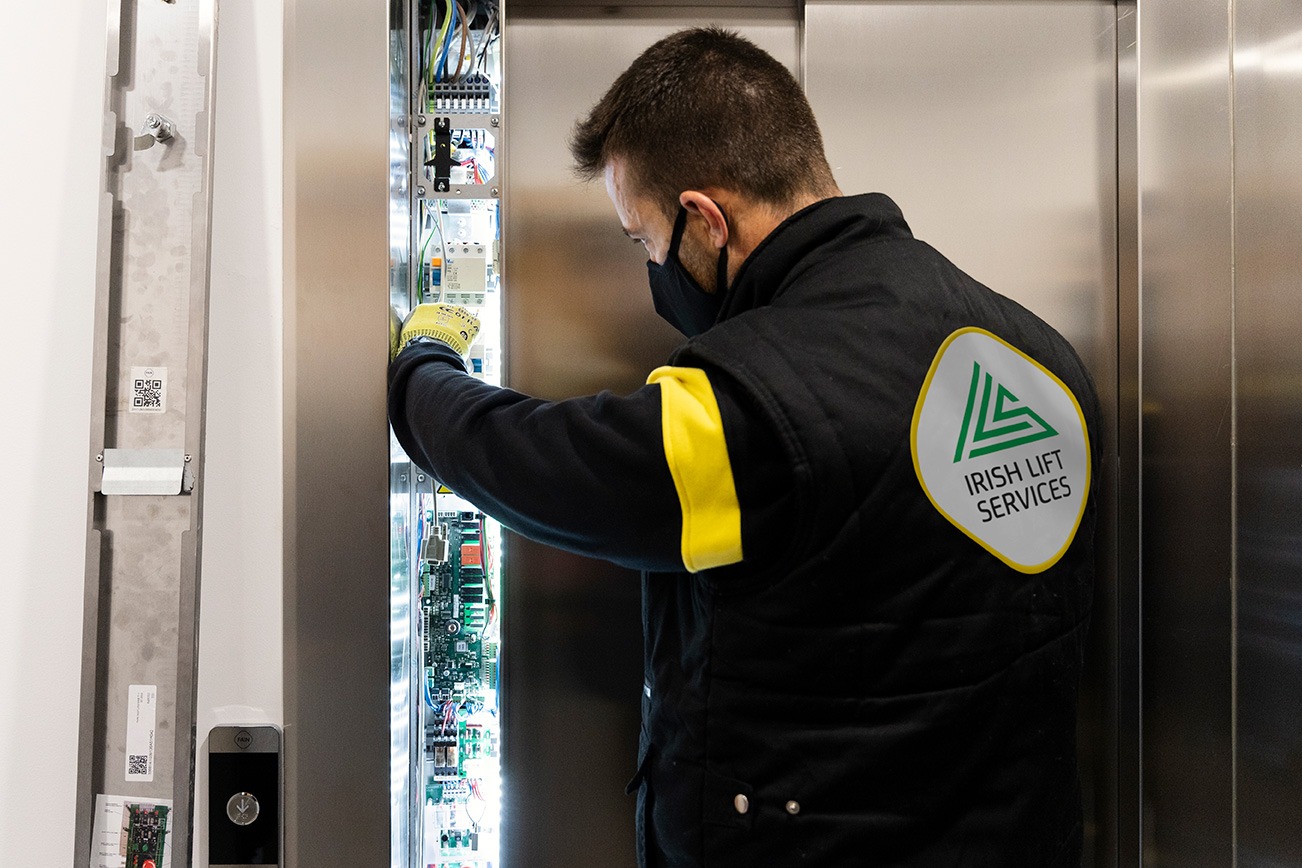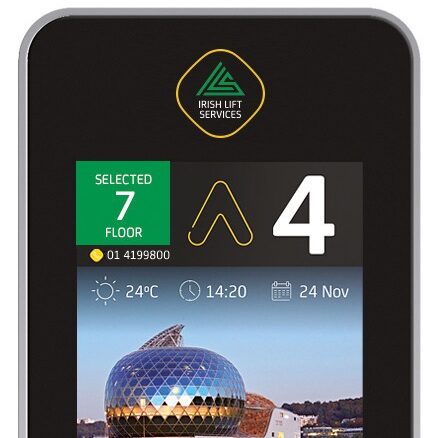Our customers frequently receive maintenance reports and estimates; these are important documents written in the terminology specific to the lift sector to talk about lift damage.
As we speak today we would like to explain the difference between several terms that, although similar, do NOT mean the same:
- Excessive wear and tear on the lift: loss of material or deformation of the asset (due to time of use, etc.), such that it can no longer perform its function.
- Obsolescence in the lift: state of obsolescence, due to technological evolution. Components of an elevator system are no longer manufactured or readily available in the market.
- Deterioration of the lift: state of the lift degraded by the sole effect of the age, regardless of the use that has been made of it. Degradation results in loss of initial performance or basic properties: insulation, conductivity, porosity, disintegration, etc.
How to identify obsolescence in the lift
Obsolescence in the lift occurs, in general 30 years for mechanical parts: cabin chassis, mechanical part of the brake, pulley, guides, chute, etc.
- 20 years for electromechanical components: motor, electrical part of the brake, selection device, control cabinet, locks, etc.
- In the case of electronic boards, the obsolescence time may be even shorter due to the fact that technology is advancing by leaps and bounds. In fact, we often find that certain electronic components are no longer manufactured in as little as 5 or 10 years.
In other words: we encourage you to be aware that materials, components and machines have a lifespan – they are NOT eternal!
However, we do not like to propose total lift replacements. Therefore, remember to check your contract for the share of obsolete lift parts that are the responsibility of the maintenance company or the lift owner. Instead, we usually propose the replacement of assemblies or elements and integrate them with the rest of the installation.
Put an end to deterioration with total lift renovation or replacement
Lifts are means of transport that we use every day, and the wear and tear caused by regular use affects their performance and efficiency and can even cause lift damage. This is why it is necessary to carry out a total or partial renovation of lifts from time to time and depending on the case. A common case of partial refurbishment is often a deteriorated lift floor. In particular, the average lifespan is around 20-25 years, at which point it is recommended to replace the most important elements of the lift.
Lift damage is not usually the fault of maintenance. The most obvious sign that raises the alarm? When a machine that is more than 20 years old begins to suffer constant breakdowns that are becoming increasingly time-consuming and costly to repair.
If your machine spends more time out of service than it does in operation, we recommend that you consider modernisation. Remember that the renovation or replacement of the most important parts of the lift brings multiple benefits: more safety, fewer breakdowns (and lower costs), new functionalities, greater energy efficiency, smoother, quieter operation and superior finishes, more contemporary and adapted to the new times.
Contact your sales representative by filling in the following form and ask for an assessment of the elements of your machine that should be renewed…
Basic information on data protection: In accordance with the GDPR and the LOPDGDD, FAIN ASCENSORES S.A. will process the provided data in order to contact you with the information you need. For more information about the processing of your data and to exercise your rights, please visit our privacy policy




